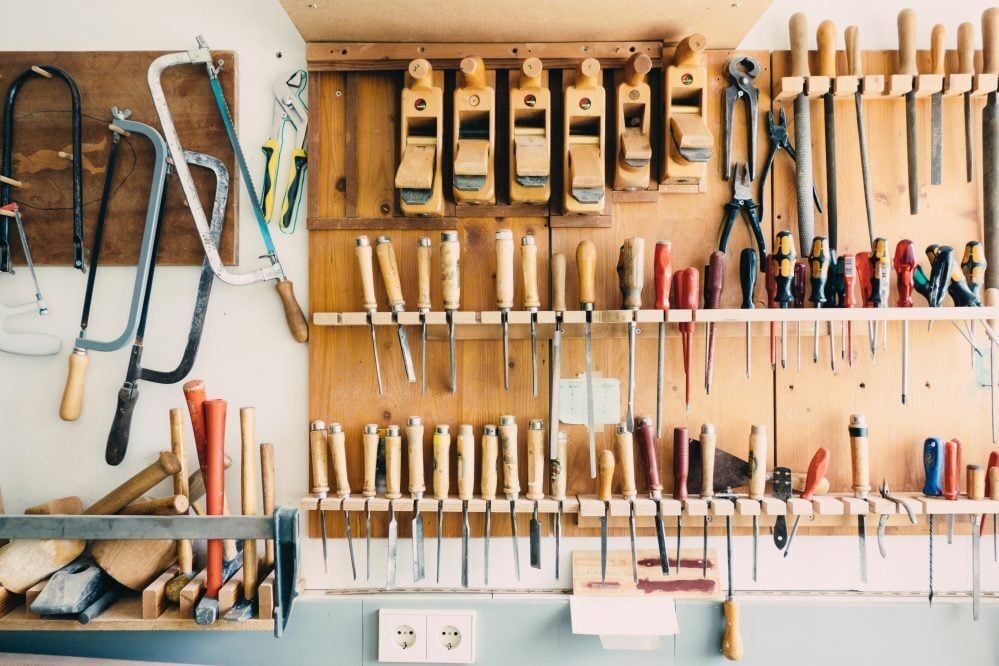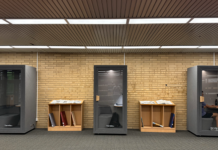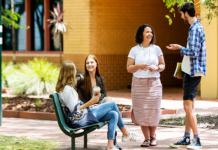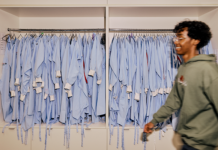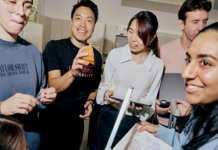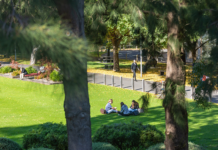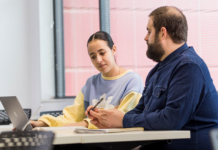This edition of Sustainability @ Home delves into three strategies you can use to improve your purchasing habits and use services to help you live more sustainably.
While our inherent need for essentials like food, clothing, and shelter is undeniable, the key lies in curbing excessive consumption. If we can find ways to reduce what we need, support local businesses, and prioritising repairs, we not only benefit the environment but also foster enhanced social and economic outcomes. Win-win-win!
One way is to support your local independent shops!
When you shop locally it has a multiplier effect that benefits your local area. This happens in two ways:
- Local businesses employ people, many of whom live in your community, so shopping locally helps create more financial security for your neighbours.
- By supporting the business owners and their employees, they in turn can also keep money in your community by using other local services and suppliers to the business and in their personal lives.
So where to shop? Try shops on your local high street such as:
- Fruit and veg grocers
- Butchers and bakers
- Organic and bulk food shops

Next step, get your hands dirty and grow your own food!
Planting and growing your own food is the perfect way to save some money, get outdoors and learn a skill you can pass on to your friends and family. Plus, you’ll feel a sense of achievement!
Not sure where to start? Try planting some of your favourite herbs, they’re cheap and can save you dollars at the supermarket! Visit your local nursery, pick up some pots and few plants and give it a go. Sustainable Gardening Australia has great tips about what to plant and when based on your local climate!
And if you’re stuck for space, try community gardening where you can learn from experienced gardeners and get to know the locals. Find out where your closest community garden is.
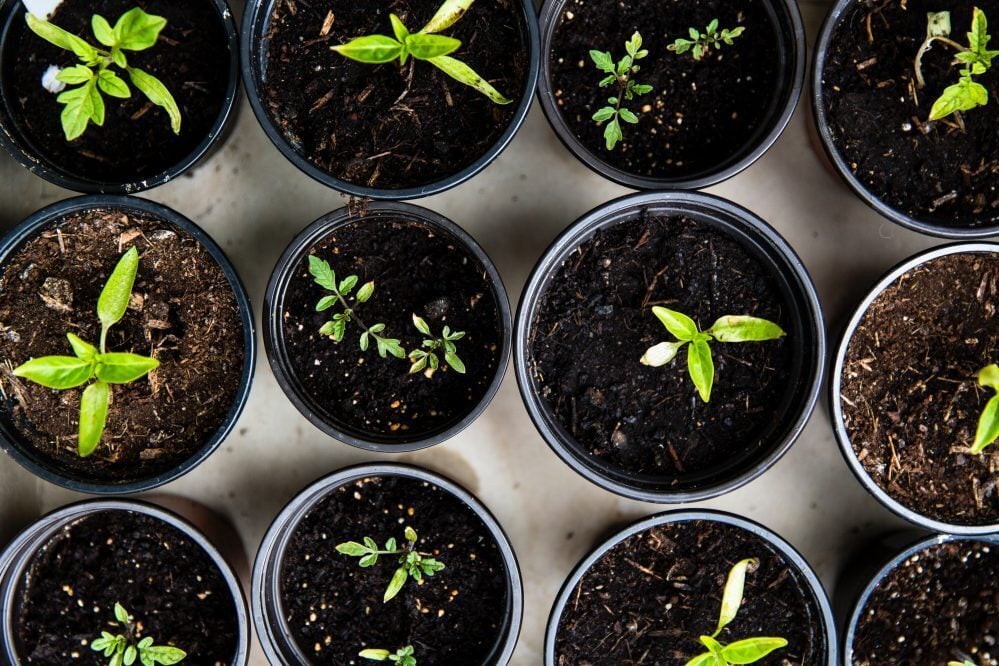
Now it’s time to repair or borrow!
Too often we buy things brand new before older items have even reached the end of their life. This wastes energy and resources and adds more pollution to the planet. It also costs you money as you waste what you spent on the initial purchase.
Here are three ways to easily repair or borrow items before you ‘jump to the dump’ and replace them:
- Visit a local repair café or group – they might be able to get your widget back to tip-top working order.
- Visit a tool library to borrow that circular saw you know you’ll only use once.
- Check out repair resources online such as wikihow to upskill and tackle repairs yourself.
